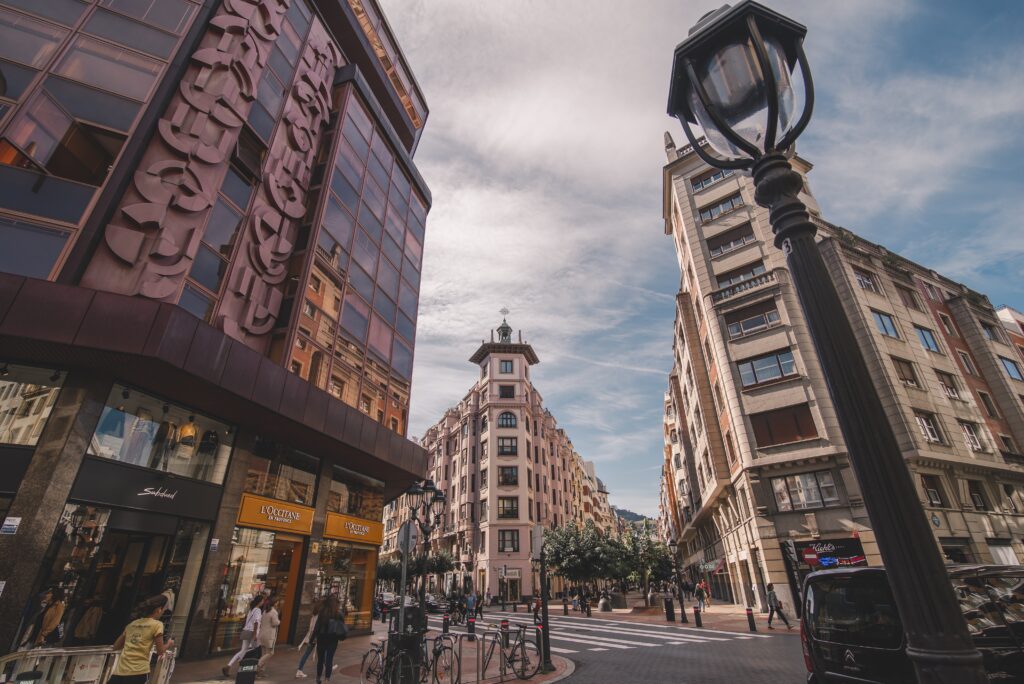Street performances have long been an integral part of European culture, adding an enchanting touch to the bustling streets of its diverse cities. These captivating displays of talent, known as busking, have evolved into a unique art form that embraces creativity, entertains the masses, and showcases the vibrant world of European street performers. In this blog, we delve into the captivating realm of European buskers, exploring their fascinating history, diverse talents, and the impact they have on the local communities.
The Art of Busking: A Historical Perspective
The roots of busking can be traced back to ancient times, where traveling performers entertained crowds in public spaces across Europe. From jugglers and acrobats to musicians and dancers, street performances provided a source of livelihood and cultural exchange. Today, the tradition lives on, with modern-day buskers adding their own flair to the rich tapestry of European street culture.
A Melting Pot of Talents
European street performers hail from all walks of life and bring an array of talents to the cobblestone stages. Musicians strumming guitars, playing accordions, or beating drums create a symphony of sound that echoes through the streets. Magicians mesmerize onlookers with their sleight of hand, while living statues transport passersby to a realm of frozen beauty. From fire breathers to puppeteers, the variety of performers is as vast as the continents they come from.
Creating an Immersive Experience
One of the unique aspects of European street performances is their ability to transform ordinary spaces into magical realms. Artists skillfully incorporate their surroundings, turning parks, plazas, and alleyways into stages for their acts. The interaction between performers and the audience creates an intimate and immersive experience, blurring the lines between artist and spectator. Street performances have the power to captivate and transport individuals, even if just for a few fleeting moments.
Nurturing Local Communities
Street performers not only entertain but also contribute to the fabric of local communities. They create vibrant and dynamic atmospheres that attract both locals and tourists, enhancing the economic vitality of the surrounding areas. From bustling city centers to quaint village squares, buskers bring life to spaces that might otherwise go unnoticed. Additionally, many performers rely on the generosity of their audience, creating a unique bond between the artist and the community.
Challenges and Support for Street Performers
Despite their undeniable talent, street performers face a range of challenges in their quest to entertain. Legal restrictions, noise ordinances, and permits can limit their ability to showcase their skills. However, many cities across Europe have recognized the value of street performances and have implemented support programs to create a more favorable environment for artists. Festivals, designated performance zones, and even artist grants provide avenues for buskers to thrive and share their passion.
Preserving the Art Form
As European cities modernize and urban landscapes evolve, there is a growing concern about preserving the tradition of street performances. Organizations and enthusiasts are working diligently to promote the art form, ensuring its survival for future generations. By fostering collaborations, organizing festivals, and raising awareness about the cultural significance of busking, they are safeguarding this vibrant facet of European heritage.
Conclusion:
European street performers bring a touch of magic and wonder to the continent’s bustling cities and quaint towns. Their talents, from music to magic, captivate audiences and create a vibrant atmosphere. As we stroll through the streets, let us pause for a moment to appreciate these talented individuals, as they showcase the vibrant world of buskers and artists, and remind us of the beauty that can be found in the simplest of moments.








